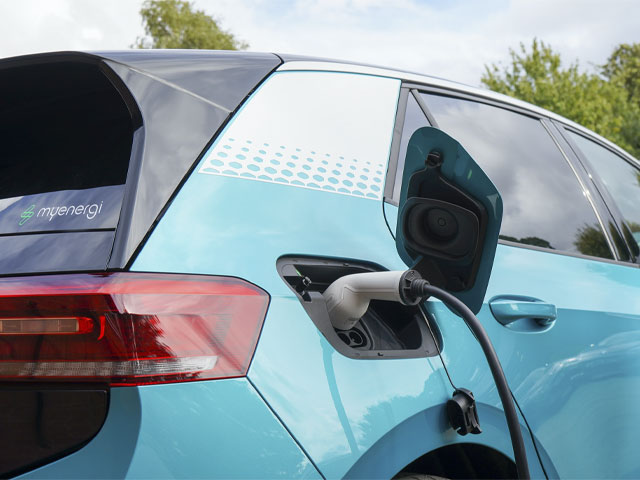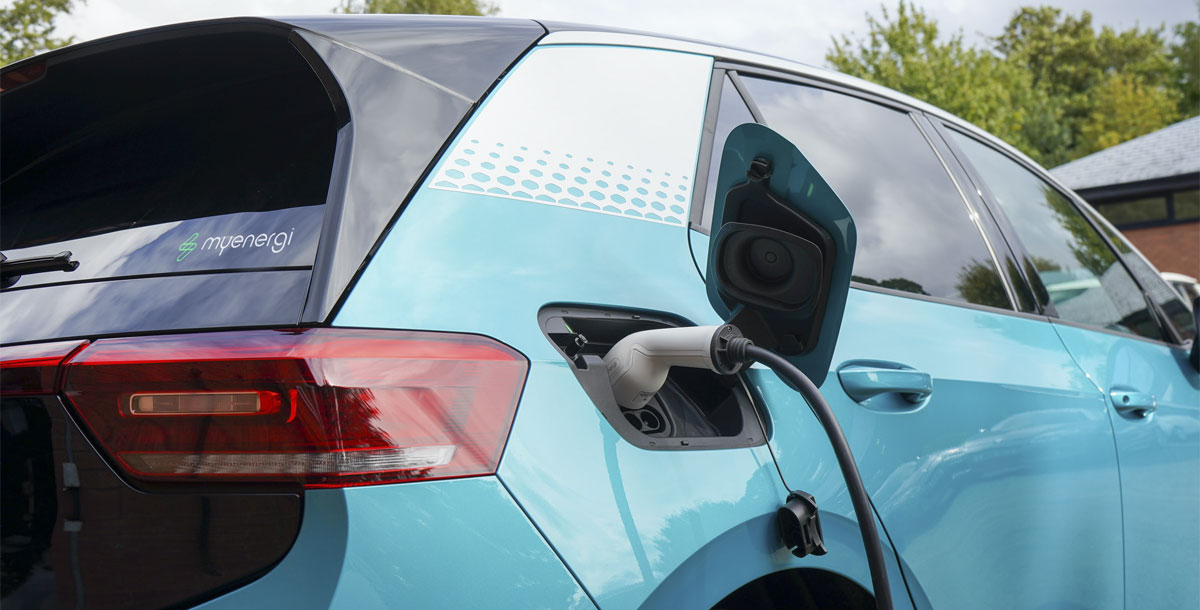What’s next for EV charging?
Experts expect to see significant leaps in vehicle-to-grid technology and renewables
Despite global production challenges, microchip shortages, supply chain disruptions and the lasting impact of Covid-19, 2022 was another record-breaking year for electric vehicle (EV) registrations.
According to data from the Society of Motor Manufacturers and Traders (SMMT), more than 300,000 battery electric and plug-in hybrid vehicles were registered throughout the year – almost four times the number of diesel cars sold.
Insight from Statista suggests that this growth will increase, with a compound annual growth rate (CAGR) of 13.89% projected between now and 2027. That would mean sales of more than 637,000 new EVs per annum.
Unsurprisingly, demand for EV charging solutions is increasing at pace. According to the International Energy Agency (IEA), both public and private EV charging infrastructure will grow rapidly.
EV charging in 2023
Significant investment in the EV charging sector is expected to support this growth. But what will this look like? New products? New legislation? New brands? Jordan Brompton, co-founder and CMO of myenergi, which designs and manufactures renewable energy products, outlines the five changes she expects to see in 2023.
1. Domestic EV charging will become king
While the headlines often surround public charging, 85% of EV charging takes place at home, so I’m confident that the domestic charging market will see the fastest growth in 2023 – resulting in an increase in unit sales and installations, alongside a wealth of new products and technologies coming to market.
For those who don’t have a driveway, I’m certain that we’ll see progress made towards developing safe, secure, hazard-free on-street charging solutions for those who previously had to trail charging wires across the pavement.
With legislation introduced last year mandating the installation of smart chargers to all new property developments, the accessibility of domestic charging is quickly pushing range anxiety and public charge point availability issues into the history books.

Jordon Brompton of myenergi
2. Eco-smart charging will become commonplace
Continuing on the theme of domestic charging, it’s worth mentioning the importance of futureproof tech and the ability to harness self-generated energy to charge your EV. After all, data from the Microgeneration Certification Scheme suggests that more householders than ever are adopting renewables to offset their reliance on mains supply and reduce their carbon footprint.
This trend is expected to continue in 2023 – especially when it comes to solar and domestic-scale wind generation. After all, the energy price crisis rumbles on with no sign of abating any time soon, meaning consumers are being forced to take matters into their own hands.
My advice is to consider installing a renewable-compatible EV charger, even if you don’t yet have solar panels installed. I predict that self-generation will boom over the coming years, with more households than ever opting for decentralised, sustainable energy – especially as return on investment periods are dropping fast. Think ahead and make sure you don’t have to buy twice – it’s a false economy.
3. V2G technology will develop further
In the same sentence as smart charging, you’ll often hear the terms V2H (vehicle to home), V2X (vehicle to everything), V2L (vehicle to load) and V2G (vehicle to grid). EVs are basically just mobile batteries, after all.
The idea behind V2G is the opportunity to store energy in the EV battery and return it to the grid in times of peak demand. This would not only earn you money, but also help to flatten electricity usage curves.
It’s a smart idea and one that could deliver significant value from a decentralised energy perspective. At myenergi, we’re working on numerous demand-side response trials to see how the load balancing capability of EVs could work in practice – it’s set to be a major talking point in 2023.

Photo: myenergi
4. The public EV charging network will continue to expand
According to insight from McKinsey & Company, the growth of the UK’s public charging network continues at pace. Zap Map suggests that there are now more than 36,000 charging devices (and 60,0000 connectors) spread across almost 22,000 locations nationwide. This represents an increase of 33% since November 2021.
With significant investment already planned from the market’s leading brands, we’re likely to see the network develop further in 2023. From new locations popping up on an almost daily basis, to more superfast chargers being fitted than ever before, ‘on-the-go’ EV charging will be easier than ever.
5. Technology will improve customer experience
Although it’s positive to see more EVs than ever plugged in to public charging points across the UK, keeping charging stations free has become somewhat of a challenge. In the past, the bugbear for any EV driver was petrol or diesel vehicles blocking charging points. But a new problem is emerging – EV users that don’t move their cars once charging has finished.
For consumers, this leads to frustration and delays. For providers, it’s a clear loss of revenue. In 2023, we’re likely to see new and innovative solutions unveiled to tackle the challenge. From charging point sensors and a wealth of new apps, to charges/fines for malpractice.









